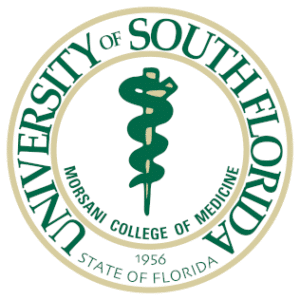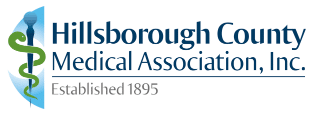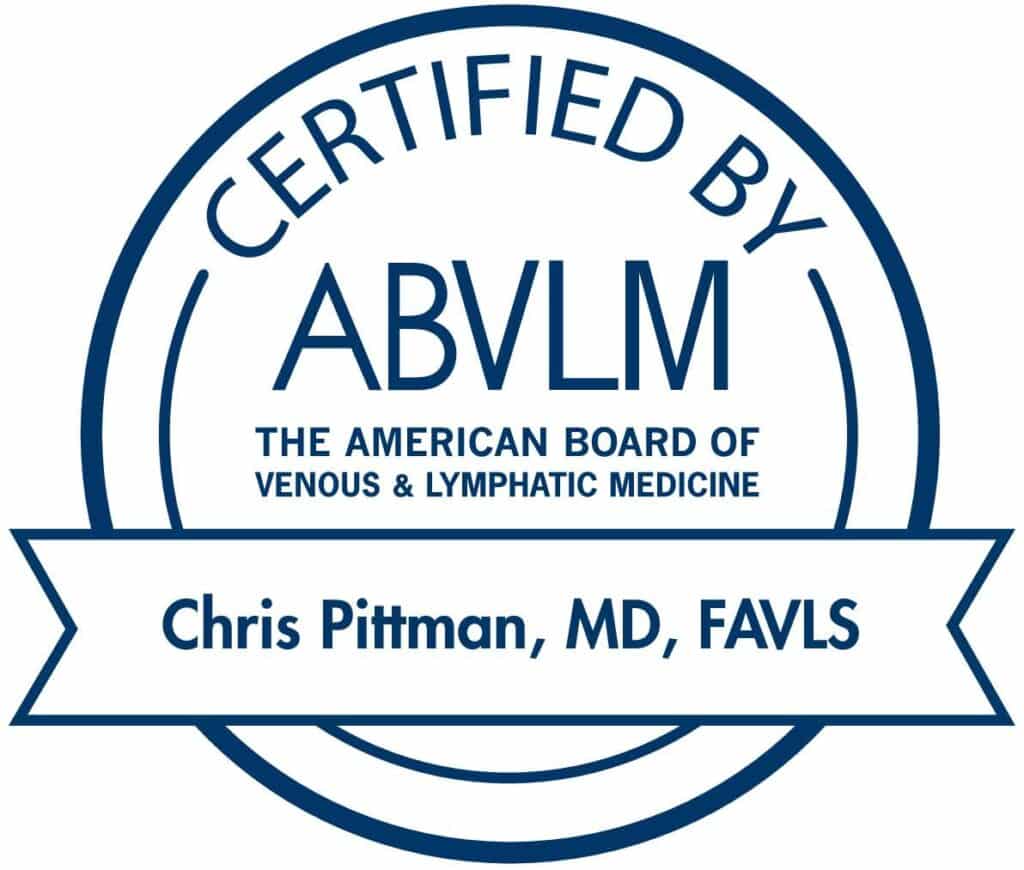Although varicose veins overwhelmingly affect older people, those enlarged leg veins can appear much earlier in life, even in your 20s. While age is a huge factor in who develops varicose veins, it’s still only one factor. Genetics and lifestyle also play a deciding role in the development of varicose veins — at any age.
If varicose veins pop up on your legs in your 20s, there’s probably a good explanation for it. A visit with a vein specialist can help you understand what is causing the condition, your risk factors, and how to treat and prevent varicose veins.
The Top Reasons Young People Develop Varicose Veins
Besides age, many factors increase the likelihood you’ll develop varicose veins. The underlying venous insufficiency associated with varicose veins directly relates to the valves in your veins. These tiny flaps thrust blood back to the heart. But if the valves malfunction and fail to pump blood, the blood accumulates in the vein. This backlog of blood then pushes the vein out from under the skin, causing varicose veins to appear.
So if varicose veins develop in your 20s, they’re probably caused by defective vein valves, which could occur due to these five factors — no matter your age.
1) Heredity. Unfortunately, a tendency toward varicose veins can be inherited. If your parents and grandparents had them, your chances of getting them rise. If you know you have a family history of varicose veins, you can work with a specialist who can help you delay the onset of the condition and discuss treatment options.
2) Lifestyle. Obesity and lack of exercise rank high on the list of factors that cause varicose veins. The extra pressure those excess pounds put on your veins weakens the delicate vein walls, leading to varicose veins. When you don’t exercise, your calf muscles also lose strength, which makes them less able to assist the veins as they pump blood back to the heart. Changing your lifestyle with healthy eating habits and exercises — especially workouts that strengthen the calves, like jogging and swimming — can help manage your weight and strengthen your leg muscles.
3) Pregnancy. In advance of the birth of your baby, your body produces more blood to support both you and the fetus. However, this surge of blood overtaxes the veins, which may already be strained by the weight of the growing baby. Further, the hormone progesterone released during pregnancy relaxes the vein walls, meaning they can no longer hold the volume of blood. Pregnancy-related varicose veins typically disappear within 12 weeks after delivery. While you’re pregnant, you can alleviate the symptoms by wearing tight-fitting compression stockings and elevating your legs above your heart a few times each day.
4) Medications. Birth control pills contain estrogen, which, similar to the pregnancy hormone progesterone, dilates the vein walls. Less elastic vein walls may allow blood to pool and stretch the veins, causing varicose veins to emerge.
5) Occupation. People who work in occupations that demand long hours sitting at a desk or standing — teacher, nurse, office desk jobs — tend to have sluggish circulation in their legs. When blood flow slows, it stagnates in the veins and creates an ideal situation for varicose veins to form. Stimulate your circulation by taking frequent walks around the office or doing simple exercises, like flexing your ankles when seated. Wearing compression stockings that squeeze the veins also aids in keeping blood flowing.
We Treat Varicose Veins
At Vein911® Vein Treatment Centers, we’re the experts in diagnosing and treating varicose veins. We offer a variety of minimally invasive therapies that will eliminate your varicose veins and the discomfort they bring. At any age, treatment is your best option for a pain-free life. Contact us today for an appointment.











